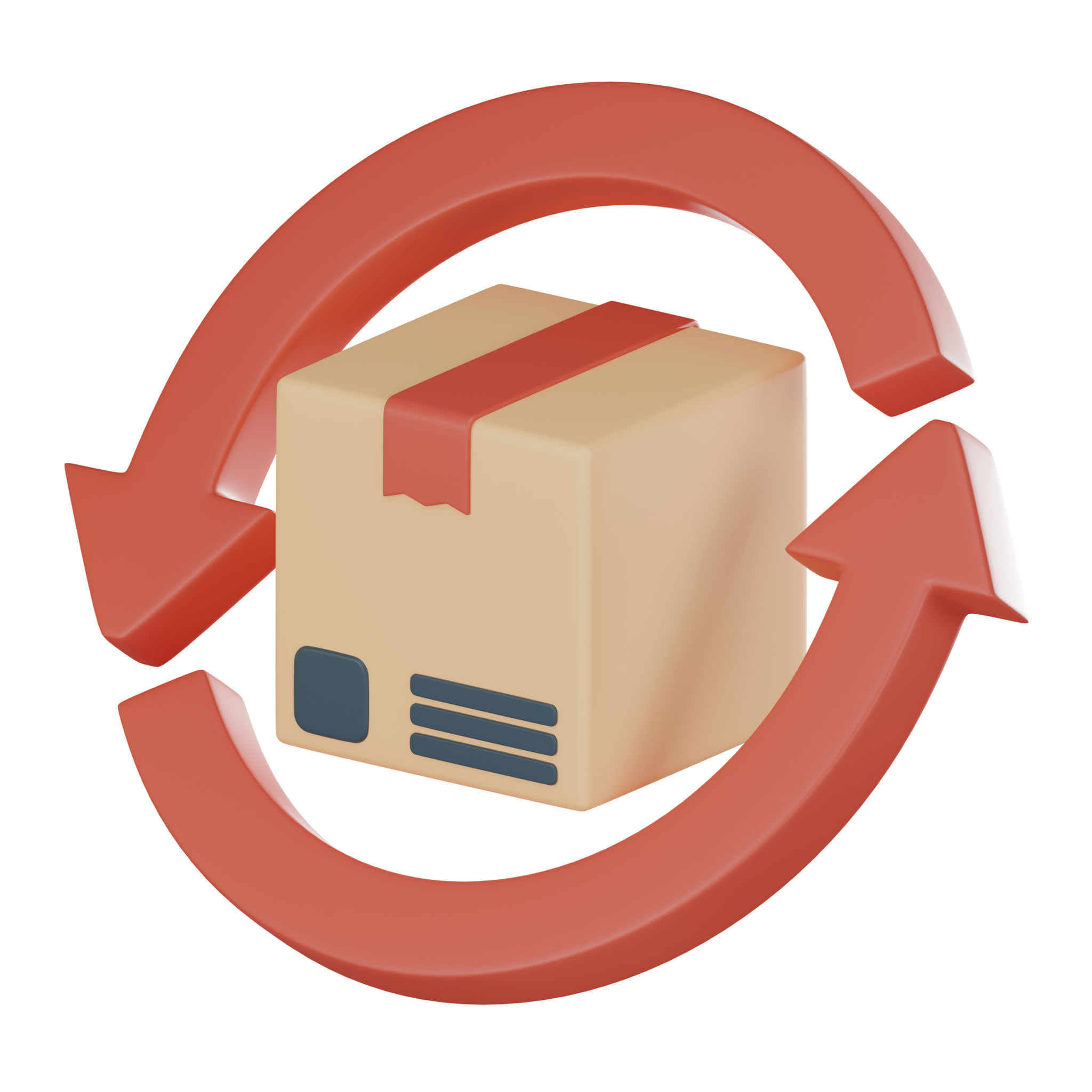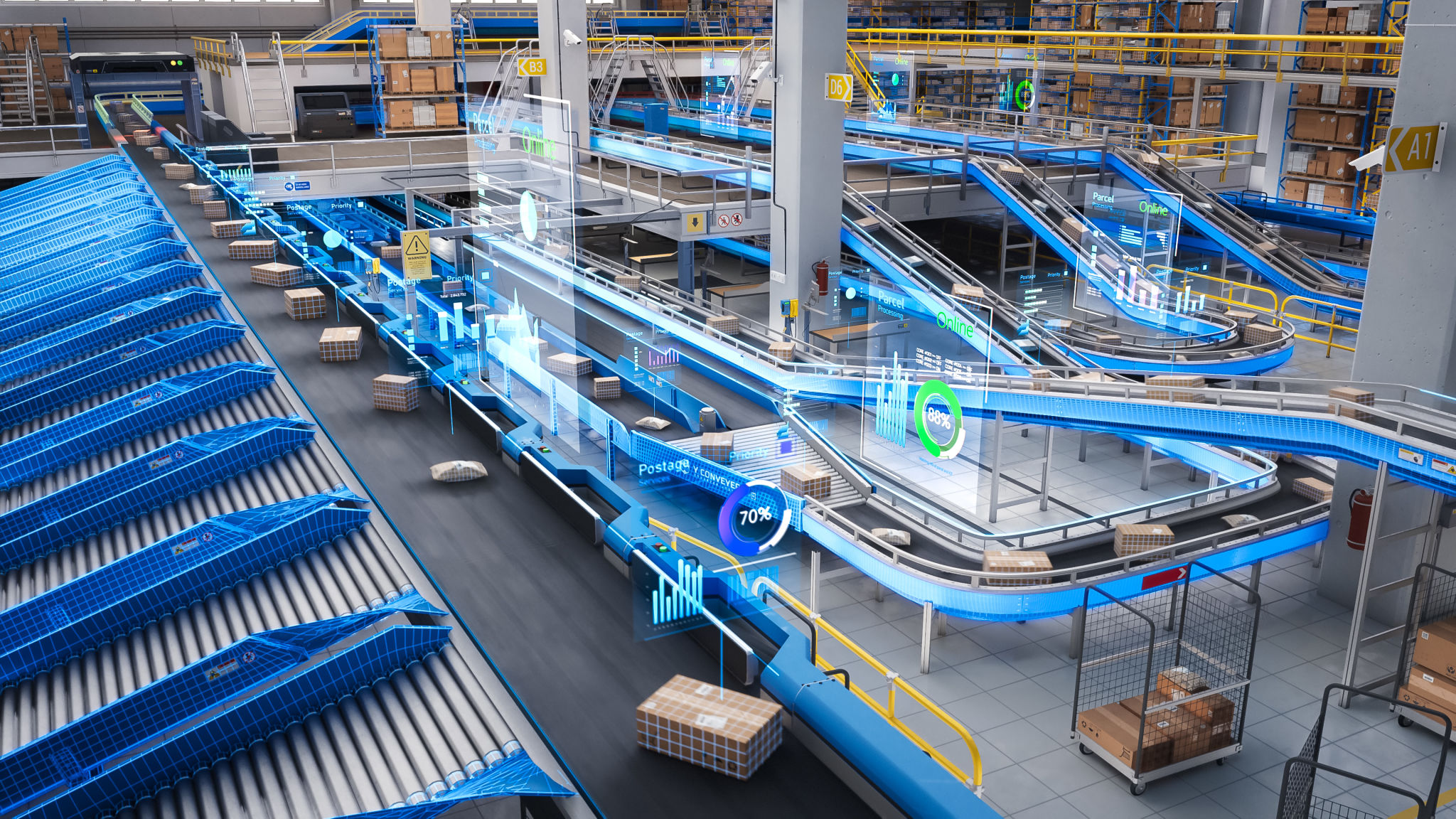The Ultimate Guide to Reverse Logistics for Health and Baby Products
Understanding Reverse Logistics
Reverse logistics involves the process of moving products from customers back to the retailer or manufacturer. It is an essential aspect of supply chain management, especially for health and baby products. This process not only helps in handling returns but also in recycling, refurbishing, and proper disposal of these products.
The significance of reverse logistics in the health and baby product sector cannot be overstated. With a focus on safety and quality, managing returns efficiently is crucial to maintaining customer trust and brand integrity.

Common Challenges in Reverse Logistics
One of the major challenges in reverse logistics is handling returns efficiently without compromising quality. Health and baby products often have stringent safety standards, making it imperative to inspect returned items thoroughly.
Additionally, reverse logistics for these products requires robust tracking systems to ensure that items are accounted for properly and any defects are identified quickly. Implementing an effective system can be resource-intensive but critical for compliance and customer satisfaction.
Benefits of an Effective Reverse Logistics System
Implementing a streamlined reverse logistics system can significantly benefit companies. Firstly, it can enhance customer satisfaction by providing a hassle-free return process. This is particularly important for health and baby products, where trust plays a vital role in purchasing decisions.
Moreover, effective reverse logistics can lead to cost reductions through recycling and refurbishing returned items. By recovering value from these products, businesses can improve their bottom line while also contributing to environmental sustainability.

Strategies for Success
To optimize reverse logistics, companies should consider the following strategies:
- Implement Advanced Tracking Systems: Utilize technology to track returns from the point of origin to final disposition, ensuring transparency and accuracy.
- Improve Inspection Processes: Develop rigorous inspection protocols to assess the condition of returned health and baby products promptly.
- Focus on Customer Communication: Provide clear instructions and support for returns, enhancing the overall customer experience.
The Role of Technology
Technology plays a pivotal role in enhancing reverse logistics processes. From automated return labels to AI-driven data analysis, leveraging technology can streamline operations and improve decision-making.
For instance, integrating Internet of Things (IoT) devices can help monitor product conditions during return transit, ensuring that quality standards are maintained throughout the process.

Environmental Impact and Sustainability
Reverse logistics offers significant opportunities for promoting sustainability within the health and baby product industry. By efficiently managing returns and focusing on recycling and refurbishing, companies can reduce waste and lower their carbon footprint.
Adopting sustainable practices not only benefits the environment but also resonates with consumers who are increasingly prioritizing eco-friendly brands in their purchasing decisions. Implementing a green reverse logistics strategy can thus serve as both an ethical choice and a competitive advantage.
